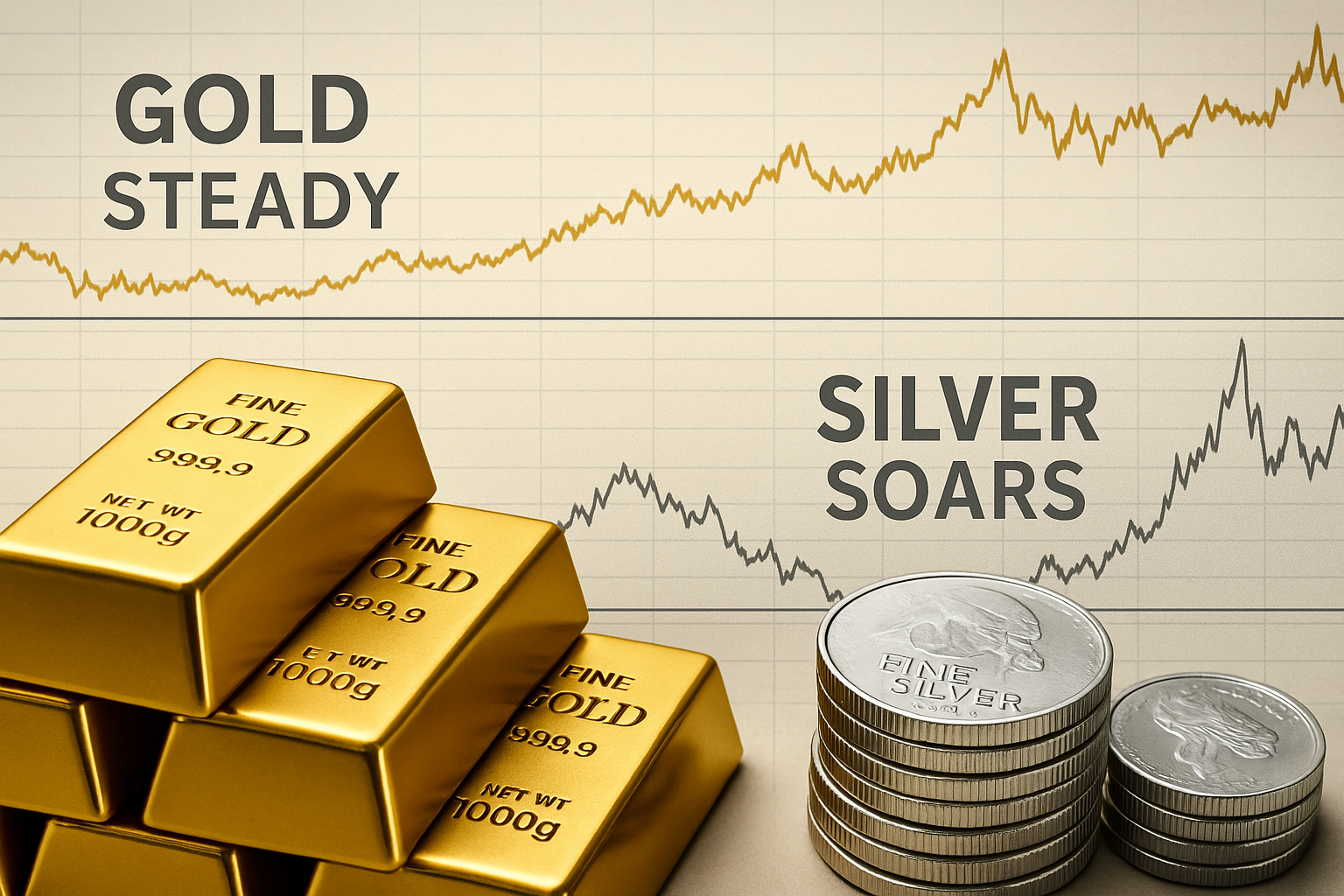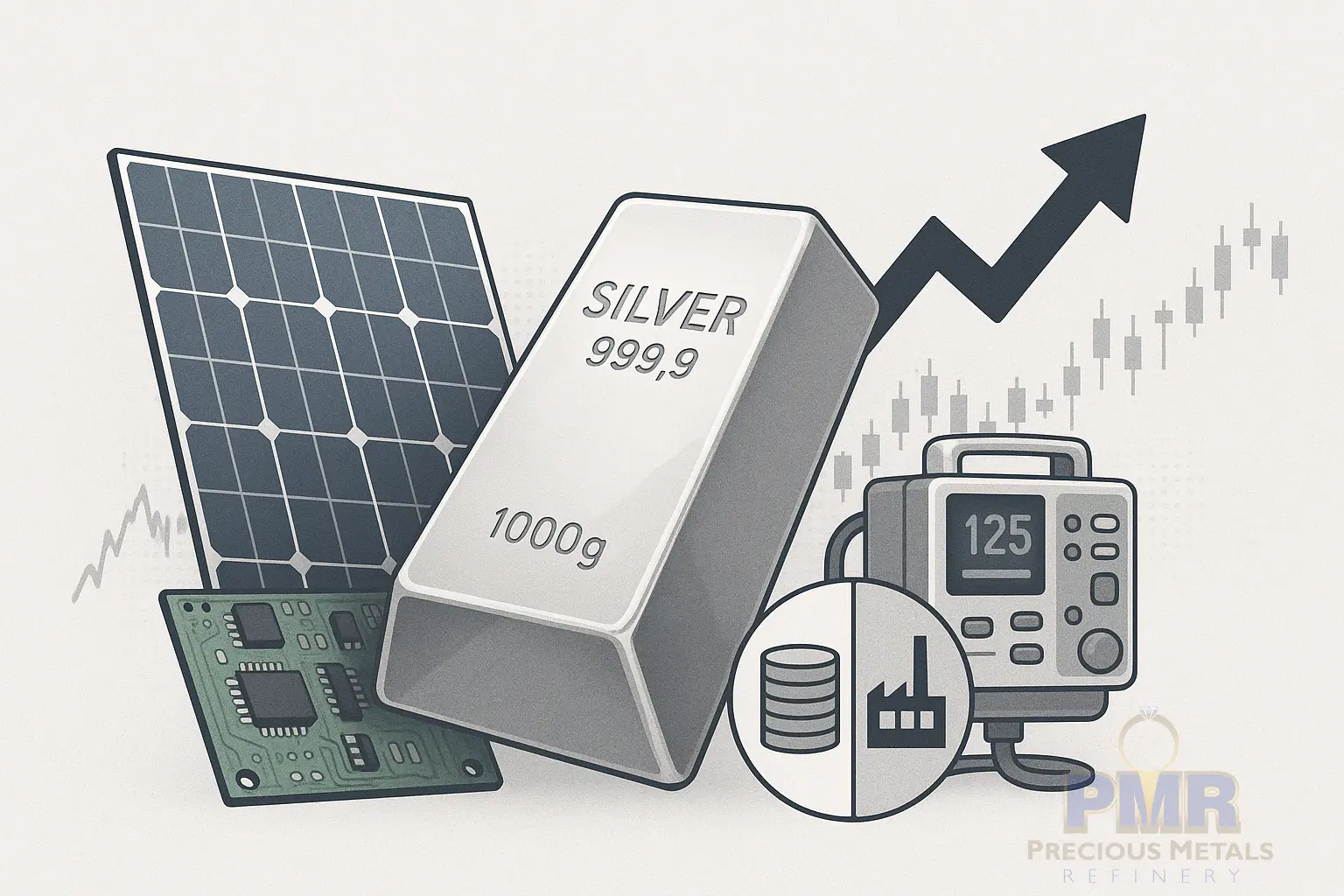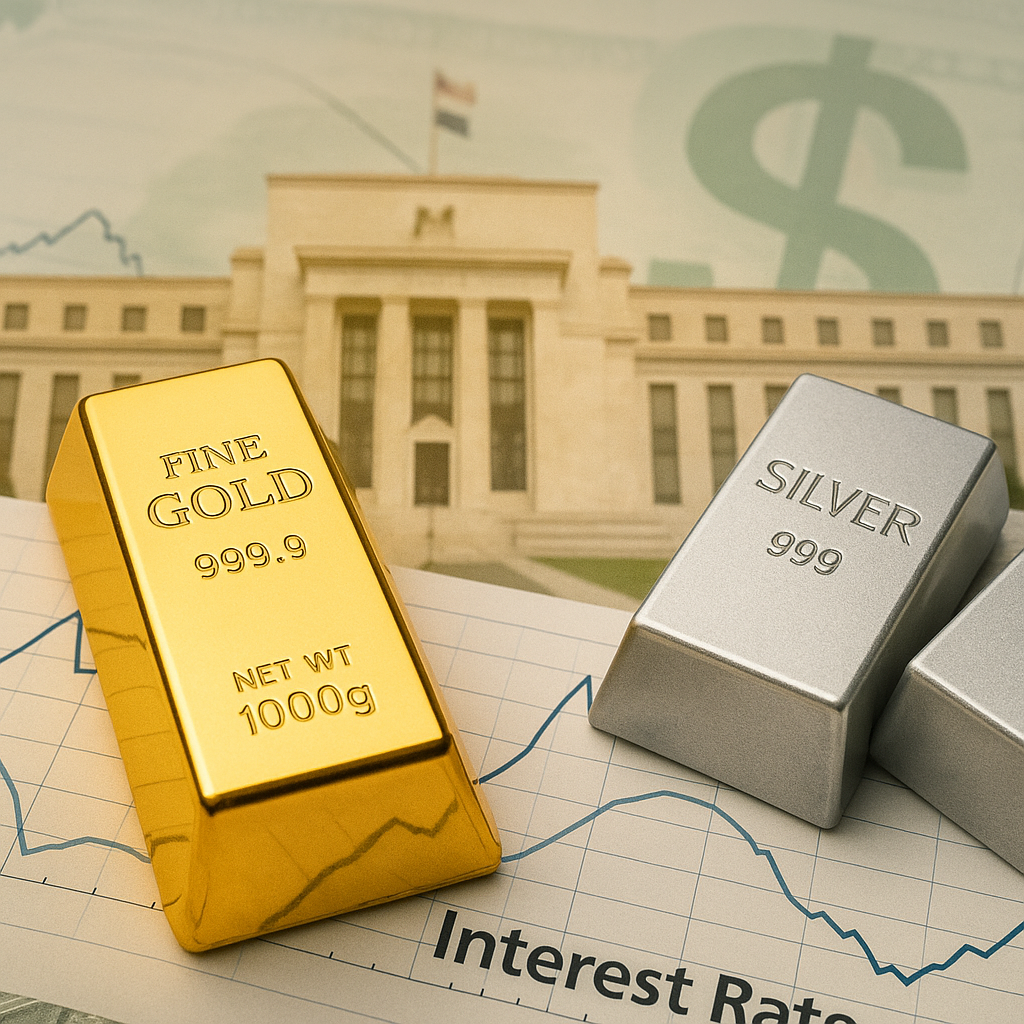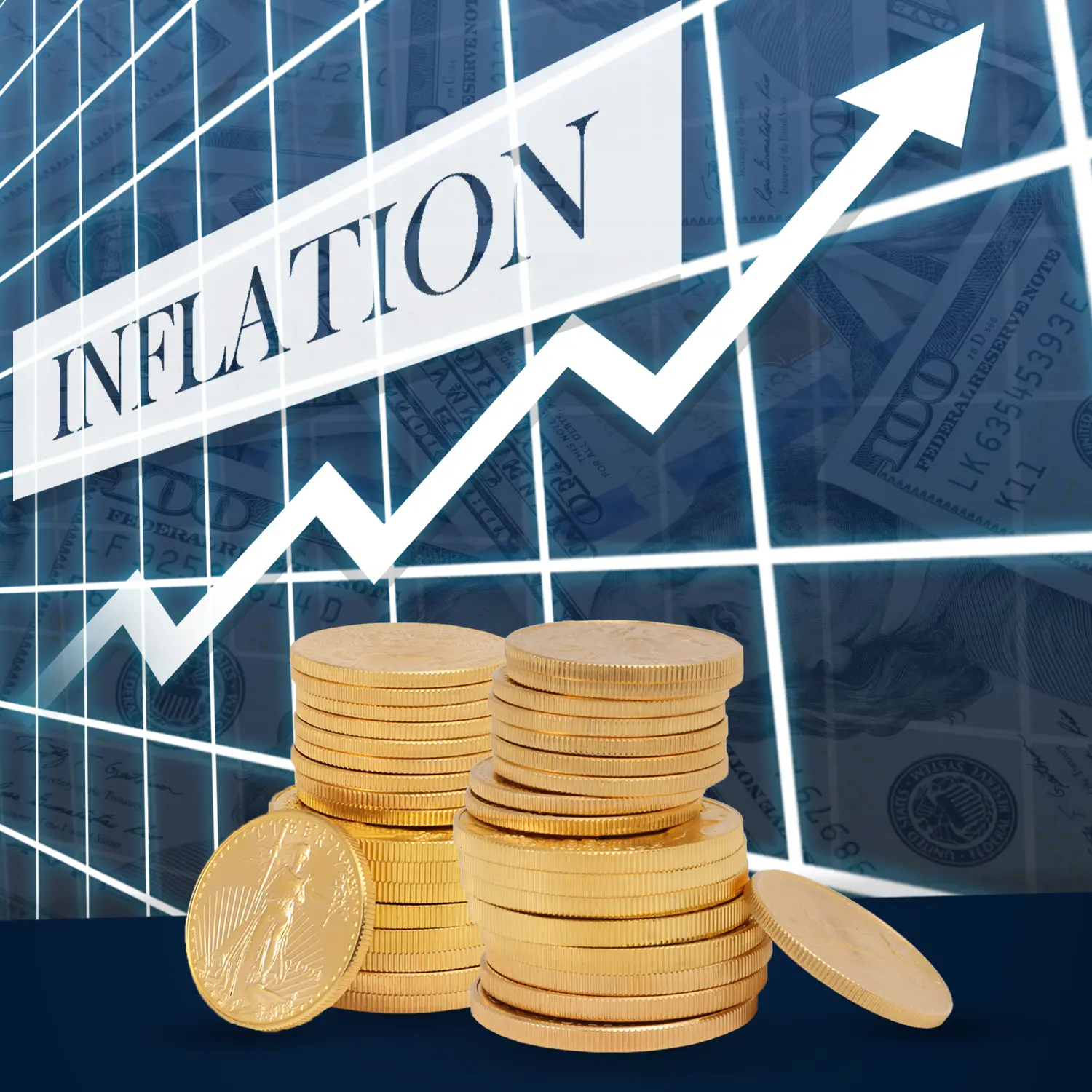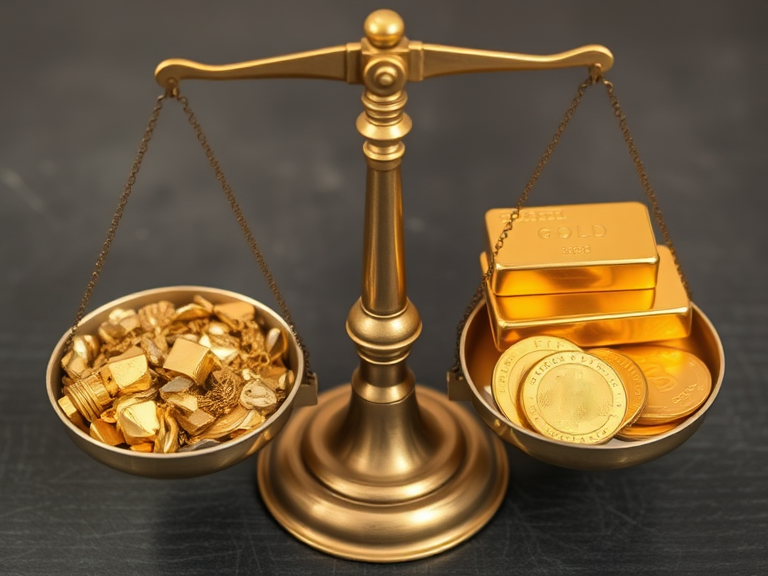The volatility of price swings is a key difference between gold and silver. If you’ve observed the markets, you might have noticed that silver’s price charts are often more jagged than gold’s. Silver is typically more volatile than gold, meaning it tends to experience larger percentage moves in shorter periods. There are a few reasons for this:
Market Size and Liquidity
The gold market is much larger and more liquid than the silver market. Gold is held by central banks, large ETFs, institutional investors, etc., and trades in high volumes. Silver’s market is smaller; thus, even a moderate surge or pullback in buying can move the needle more for silver. It often takes less capital flow to move silver prices by, say, 1% than it does for gold. This is why silver can spike dramatically or drop sharply on shorter notice. Investors comparing gold to silver often remark that silver is gold on steroids – it amplifies gold’s movements.
Dual Demand = Dual Volatility
Silver’s price is tugged between its investment demand and industrial demand. This can sometimes create whipsaw effects. For example, if investors are bullish on precious metals and pile into silver, but then a slowdown in manufacturing causes industrial users to cut back, silver might swing more wildly as these forces collide. Gold’s demand is more purely driven by investment and jewelry, which tends to be steadier in comparison.
Historical Volatility Gaps
Historically, it has been observed that when gold makes a decisive move, silver’s move is usually 2 to 2.5 times larger in percentage terms (reuters.com). As one metals analyst noted, “Silver has a long history of higher volatility than gold… when gold makes a decisive move, silver’s amplitude is usually 2.0-2.5 times that of gold.” (reuters.com). This higher beta can be both a blessing and a curse: silver can outperform gold in bull markets (for instance, rallying 30% when gold rises 15%), but it can also under perform on the downside (falling harder during corrections).
Recent Examples
During the 2020 pandemic market, gold fell approximately 15% in the March crash, while silver plummeted nearly 30% in the same period – a significantly sharper decline. Later that year, as markets calmed and stimulus drove a precious metals bull run, gold climbed ~25% to new highs, whereas silver doubled from its lows (a rise of well over 100% from March to August 2020). Such dramatic swings illustrate silver’s greater volatility
In 2024, silver traded in an extensive range of $22 to $35/oz, whereas gold, although hitting record highs, had comparatively less extreme swings (reuters.com). An observer even commented that it felt “disappointing” that gold made 40 historic highs in 2024 and silver 0, highlighting that silver, despite big moves, still hadn’t reached a new record of its own. (reuters.com) This indicates that silver’s percentage changes were significant. Still, it also hadn’t broken its old all-time high, underlining its sometimes frustrating volatility.
Managing Volatility
For investors or sellers, it’s essential to be aware of these differences of volatility. Gold’s relative stability (still volatile, but less so than silver) makes it a more conservative holding in many portfolios. Silver’s higher volatility can mean higher potential rewards but also higher risk. If you’re holding silver, you can expect more dramatic price fluctuations day-to-day. Some people take advantage of this by trading the swings, while others prefer gold for its smoother trajectory.
In practical terms, if you hear that silver jumped 5% in a single day, that’s not unusual; gold moving 5% in a day would be a significant event. For example, in early 2025, a bout of safe-haven buying saw silver shoot up 3.3% in a single session to around $33.80, its highest in months, while gold’s increase was around 2% (reuters.com) (reuters.com). Both moves are significant, but silver’s was larger relative to its price. This volatility is why some traders love silver (for its quick action) and others approach it with caution.
Want to dig deeper? Check out our full blog series on precious metal pricing:
- What Determines the Price of Gold and Silver?
- How Interest Rates Impact Gold and Silver
- What Drives the Price of Silver?
Next month we’re breaking down the psychology behind safe-haven demand and why gold tends to shine during times of crisis.

